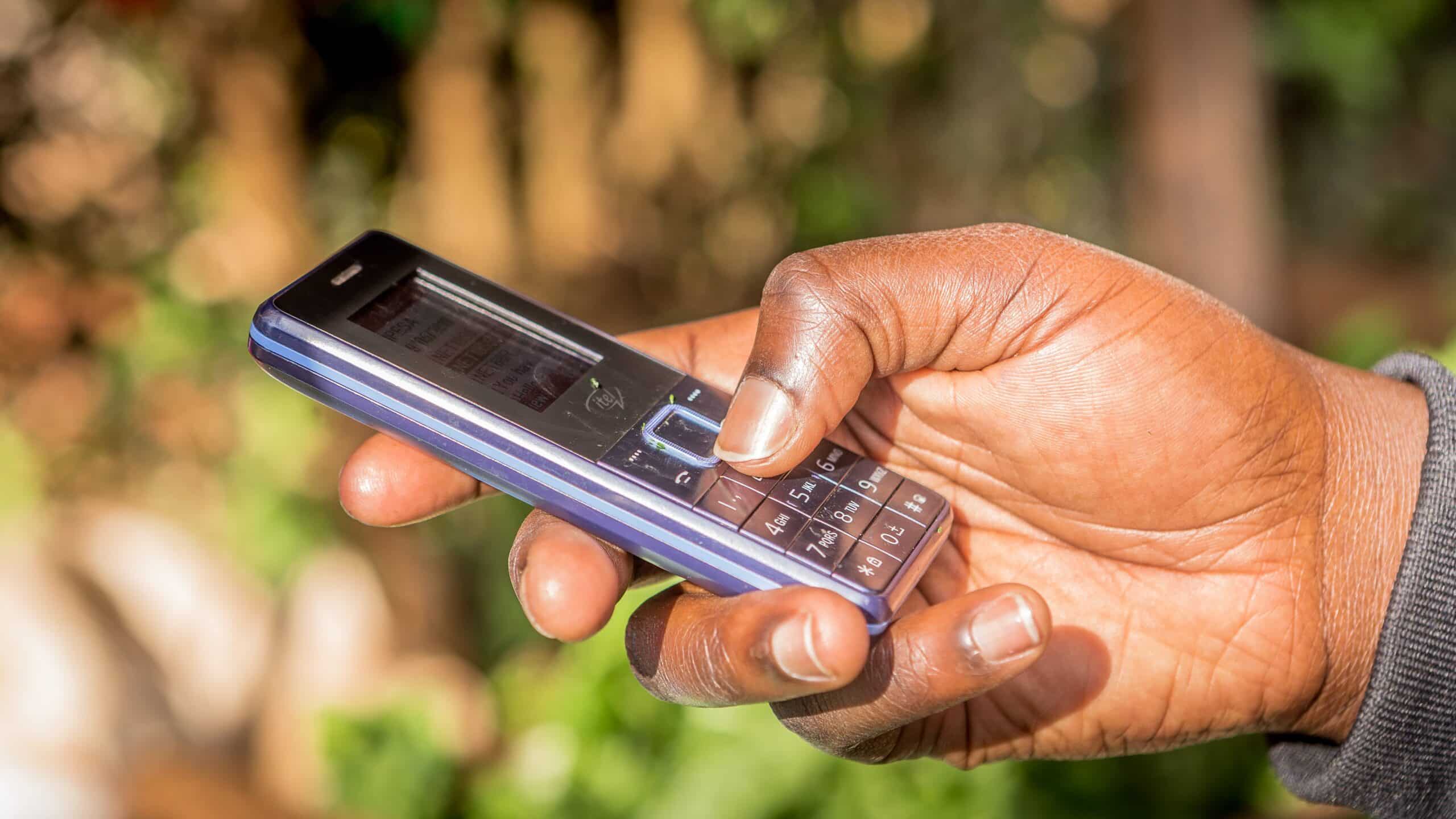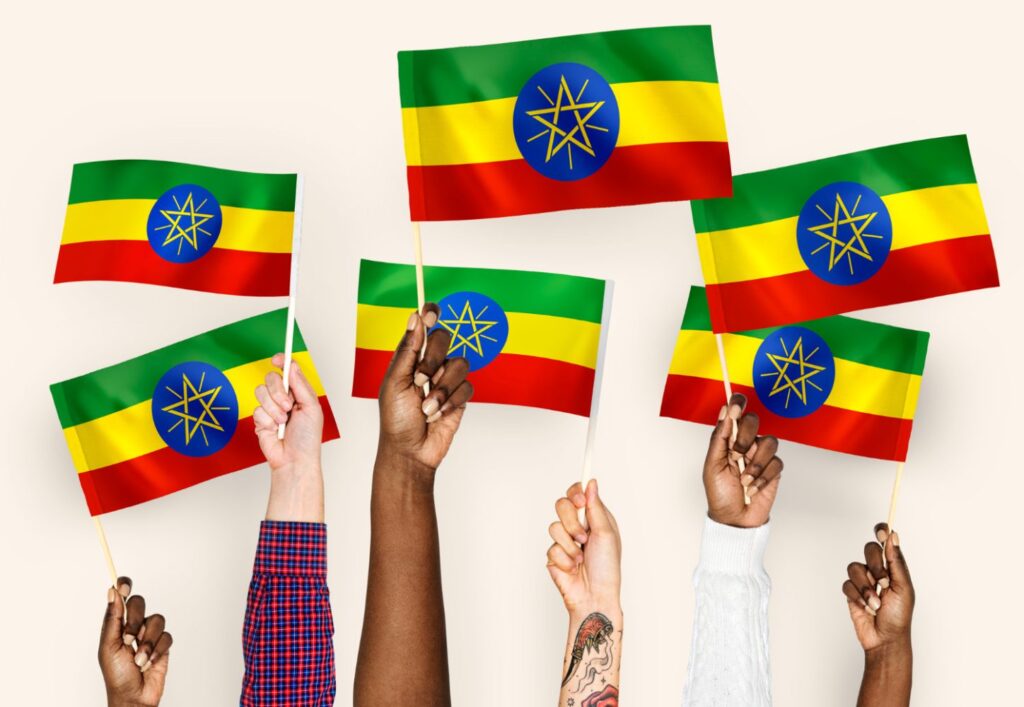If you’ve ever been to Africa (or even the United States), chances are that you’ve had your finger prints taken on a scanner on the desk at immigration. If you’ve tried to skip the queue at Heathrow, you’ve probably tried to use the facial recognition scanners, which always seem to have a shorter line. None of us try to travel across borders without our passports but we probably don’t give the biometric databases they connect to a second thought.
But one of the biggest challenges in sending and receiving money in developing countries stems from the need to be able to identify yourself at both ends of the transaction. The world over, millions of people do not possess any form of formal identification. But biometric technology could be an important part of the solution.
Banks, money transfer operators and other, all need to comply with so called ‘know-your-customer’ regulations. But the World Bankestimates that more than half the people in sub-Saharan Africa have no official identification record. That’s more than half a billion people. This issue is key to the broader agenda of financial exclusion since it prevents an estimated 375 million adults around the world from obtaining a bank account.
And it is not just banks but prepaid SIM cards in many countries also require proof of identity to register. So people without ID fall at the first hurdle of being eligible for mobile money wallets. Using biometric technology to identify people and assign them an identity for life, is key to improving financial inclusion; improving access to bank accounts and mobile wallets, and the uptake and use of digital financial services. It is literally the first step on the journey to formal financial inclusion.
Biometric-based ID cards can be used for multiple purposes apart from identifying people who are sending and receiving money across international borders. They can also enable the distribution of government services and social security benefits, and act as an electronic passport, voter identity document, and offer identification for healthcare and welfare service distribution. As a result, various governments, including Nigeria, Ghana, Kenya, Egypt, DRC and Malawi in Africa, are recognising the value of electronic IDs that utilise biometric technology. Investment has begun and the benefits being seen.
When it comes to moving money, the widespread lack of formalised ID in sub-Saharan Africa, combined with the largely cash-based economies makes the traceability of funds difficult and makes financial service providers nervous. Each party involved in processing a money transfer from the UK into Africa is accountable for ensuring that funds not are being used for money laundering or terrorist financing. And it is this perceived risk that is at the root of many UK banks’ decision to ‘de-risk’ money transfer operators. In fragile and conflict affected states, meeting know-your-customer regulations can be particularly difficult, especially where there are international sanctions in place and the risk is higher due to known or suspected terrorist activity.
A national electronic ID scheme, with biometrics used to authenticate and verify money transfer beneficiaries, could help to sustain formal remittance services to these markets. The difficulty of cheating or defrauding such a system should help reassure money transfer operators and in turn, international banks, that the recipient is who they claim to be. This is of crucial importance in economies like Somalia, Eritrea, Liberia, Libya and the Democratic Republic of Congo, where international remittances make up between a fifth and half of the entire national GDP.
In a few countries, biometric electronic IDs are actually being directly linked to digital payment instruments (such as a bank account, credit or debit card, or mobile wallet). The Aadhaarscheme in India is undoubtedly the largest and most advanced. By April 2016 the Indian government had captured the fingerprints and iris scans of 1 billion people (93% of the population) which have been stored on an open platform so that they can be seeded to bank accounts and digital payment instruments. In Africa, the National Identity Management Commission in Nigeria has also started its electronic ID scheme, collecting ten fingerprints, a facial image and a digital signature which are stored in a central database. The new electronic ID cards offer MasterCard payment functionality to help drive financial inclusion.
It will, however, be some time before a biometric electronic ID system can become reality for everyone across Africa. Its roll out requires significant commitment and coordination, both human and financial, at a national level, and then there is still the thorny question as to who owns the data and how it will be used.
Biometric electronic identification technology will certainly have a key role to play in improving access to, and the security of, remittances into Africa. Biometric ID will also have a key role to play in moving remittances from cash to digital, which ultimately, is the only way to significantly reduce the cost of sending money.
A new report on remittances from the UK to Africa was published in June 2017 by Financial Sector Deepening Africa. For more details see:https://fsdafrica.org/uktoafricaremittances/




